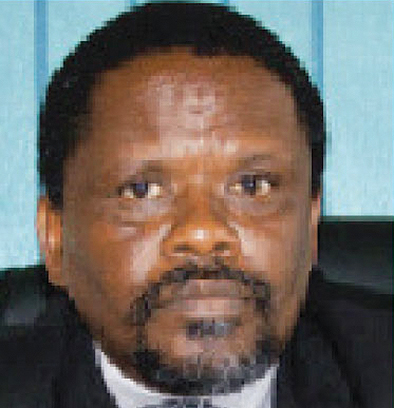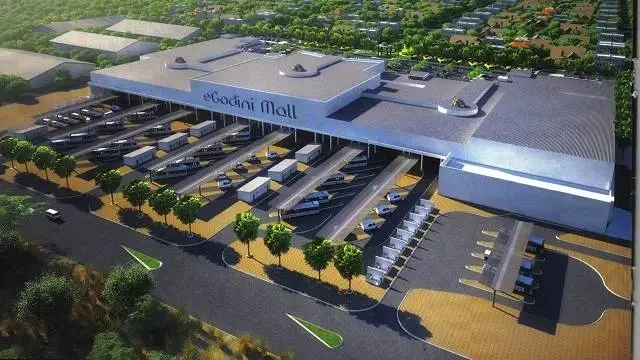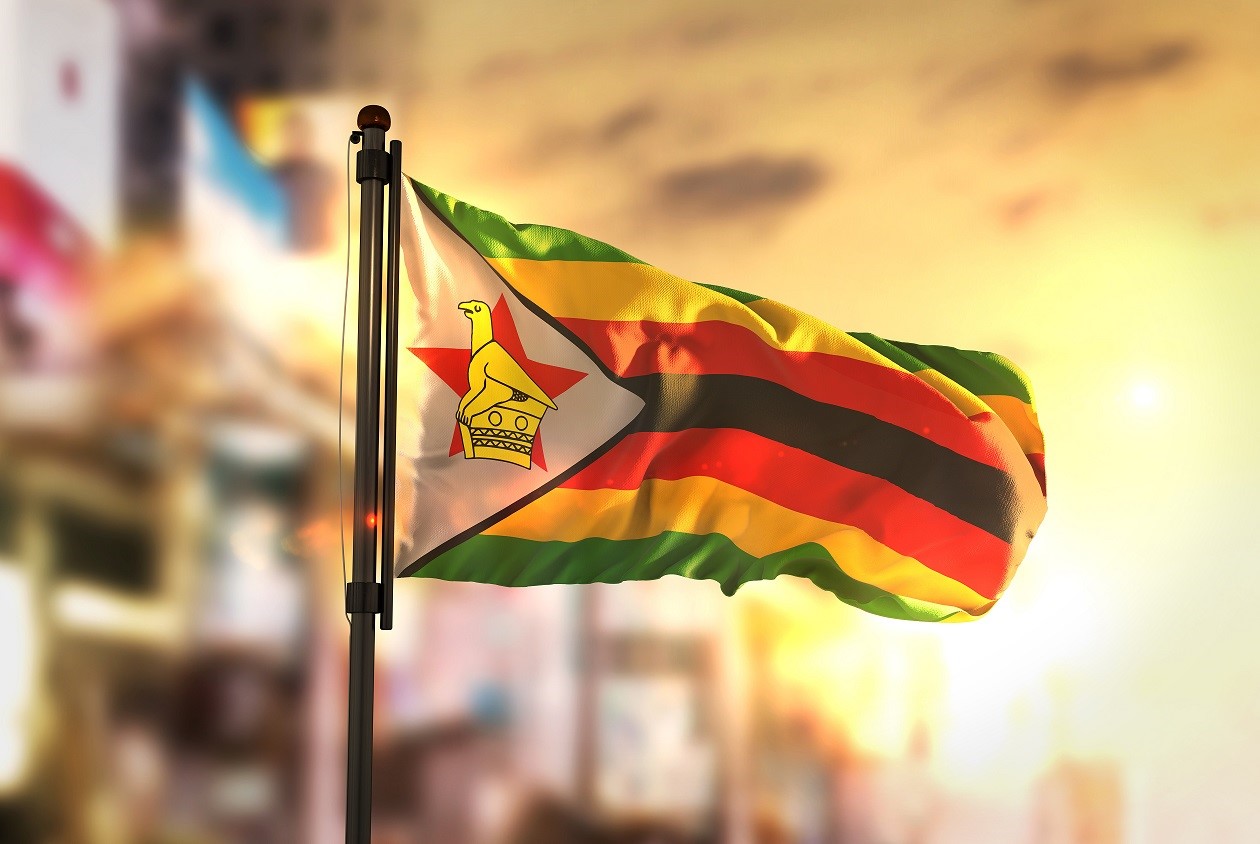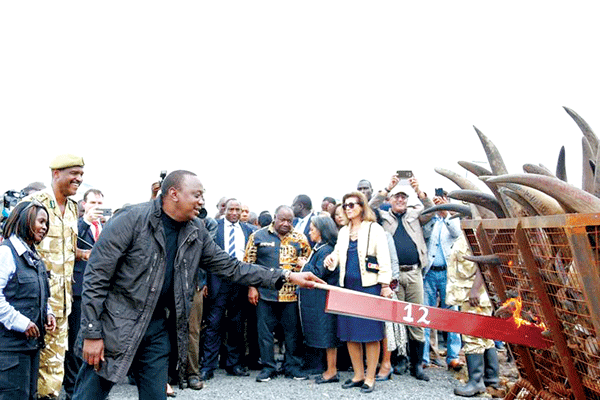
ECONOMIC inequality can be measured by the distribution of wealth, income or consumption or between races, sexes, tribes, regions or individuals.
By Moses Tshimukeni Mahlangu
Starting with wealth, questions like who creates the wealth in question, who controls and distributes it? Is it a web distribution channel — the scratch my back and I yours type? In most cases than not, wealth is created by toiling factory, farm or services industry workers.
The owners of factors of production control the wealth. Coming to distribution of same, is where daggers are drawn. Owners of wealth would want to maintain the attainment of super profits. On the other hand the taxman wants his pound of flesh. The residue, after the owners and government have appropriated their share goes to poor workers.
It follows that the wealthy will have more income at their disposal, thus enabling them to consume more of the goods and services. In multi-racial societies, it is the ruling elites that enjoy the fruits of production.
The same applies with tribally and gender insensitive societies. Paradoxically, a government in an economic meltdown situation believes that more taxation is the answer. Given the Zimbabwean scenario, industry and commerce has closed shop, resulting in unprecedented levels of unemployment, with some statistians putting the unemployment levels at between 80-90%.
The shrinking cake is still expected to feed an even expanding population. Finance minister Patrick Chinamsa is on record as having said, “the informal sector” is the new economy. Supposing one concurs with the minister, the challenge is on the capacity and sustainability of this new economy. Issues of skills, capacity building and financial muscle come to the fore. How does one regulate the informal sector, given its makeshift nature and vulnerability to economic challenges.
The ongoing cat and mouse game between law enforcement agents and vendors validated the just mentioned difficulty in regulating a sector that is not properly organised. In addition, the said vendors are out there to make an honest living.
- Chamisa under fire over US$120K donation
- Mavhunga puts DeMbare into Chibuku quarterfinals
- Pension funds bet on Cabora Bassa oilfields
- Councils defy govt fire tender directive
Keep Reading
After their only source of income is destroyed, what next? A good number of them will be forced into prostitution, homosexuality and or lesbianism as a means of survival.
Business is also putting pressure on law enforcement agents to deal with the new competitors. The arguments put forward being that the vendors have no overheads to take into account, they don’t pay licence fees and rentals. On the other hand are health and security issues.
A situation where ablution facilities are non-existent or inadequate becomes a health poser. The central business district is fouled. One can hardly move in the central business district. Imagine a car catching fire during the peak hour, the whole city can burn and casualties would be high, owing to the scarcity of space that would enable quick escape.
The big question then is; what is the solution to this dilemma of vending? Informal sector is not the problem but a symptom of an underlying problem. In the author’s view industrialisation is the major answer.
Once factories, commerce, retail and other service providers become operational, the unemployed absorbed, the streets will be cleared.
Currently, the whole family is on the street, father, mother and children. On the other hand, when the wheels of industry are properly oiled, bread winners will be at work, children at school, housewives tending homes. The allegation that vendors are fronts for the Chinese and Nigerians is a dummy. Supposing this was true, why are Zimbabweans falling prey?
Coming to the employment relationship, it has always been that of convenience. Employers need workers only to further their super profit syndrome, whilst the workers demand a living wage as opposed to the slave wage. Collective bargaining and other dispute resolution mechanisms were meant to normalise the otherwise frosty relationship between workers and employers.
Karl Marx refers to collective bargaining and similar interventions as an act of castrating trade unions. He goes on to argue that capital and labour will never cohabit. In his view, the solution lies in labour staging a revolution that will topple capital and its surrogates or vice versa.
Inequality is not only found in economics. In churches there are some who think they are holier than others. Opponents of gender mainstreaming view women as of a lesser class. It is only a few years ago that the principle of equal pay for the same job has started to benefit the women folk.
From an African perspective, as well as the times of biblical Jews, women were or are classified as children. In a Jewish set up, during a census women and boys below 20 years of age were not counted.
As alluded to earlier on, inequality may be as a result of economic or political power. It may emanate from ownership of factors of production. Alternatively, it may be gender or societal.
From this discourse, it is clear that the issue of inequality is cross-sectoral, as well as affecting individuals and or organisations. It would appear, therefore that the solution to inequality lies in stakeholders being honest by and with themselves.
There is need for genuine engagements. None should bury head in sand nor pretend all is well, when things are not. Self-introspection is critical. Finger pointing won’t assist in any way. Goodwill is needed as a launch pad to political, economic, and social and gender equality and inclusivity.
“I want to spend my life mending broken people” Danny Shelton.










